LETC 2013: A Week of Advanced Firearms Training
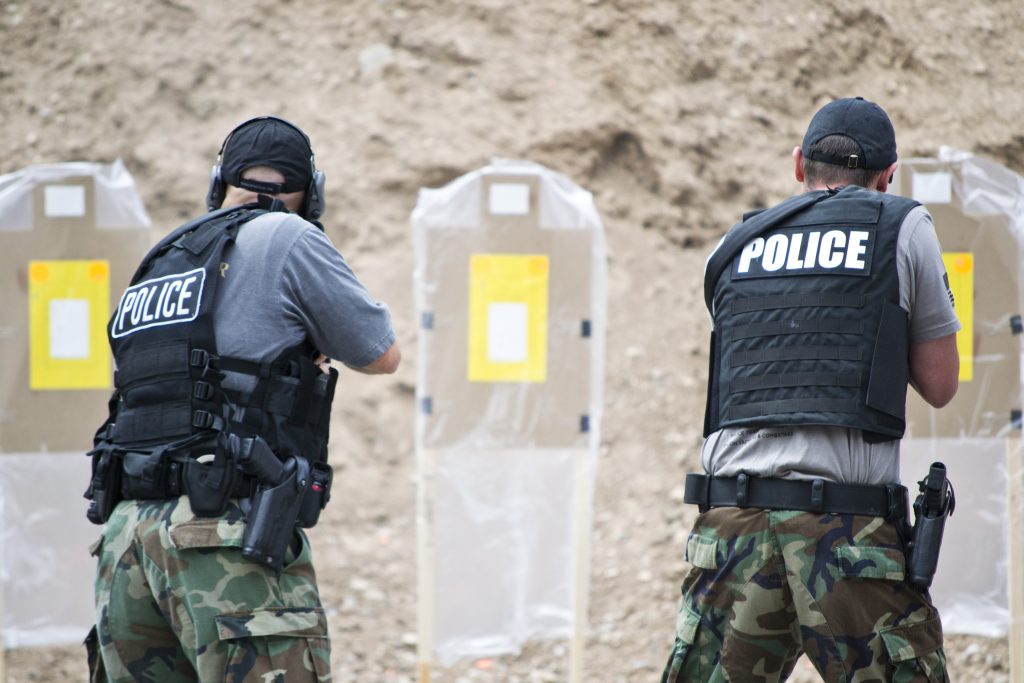
With so many lives on the line, proper law enforcement firearms instruction is absolutely crucial to any police department’s ongoing training efforts. That is why Action Target has hosted its Advanced Law Enforcement Training Camp (LETC) for more than 20 years. This September, from the 9th to the 13th, marks another year as law enforcement […]
Accuracy After Injury: How Will You React in a Firefight When Suffering from the Symptoms of Shock?
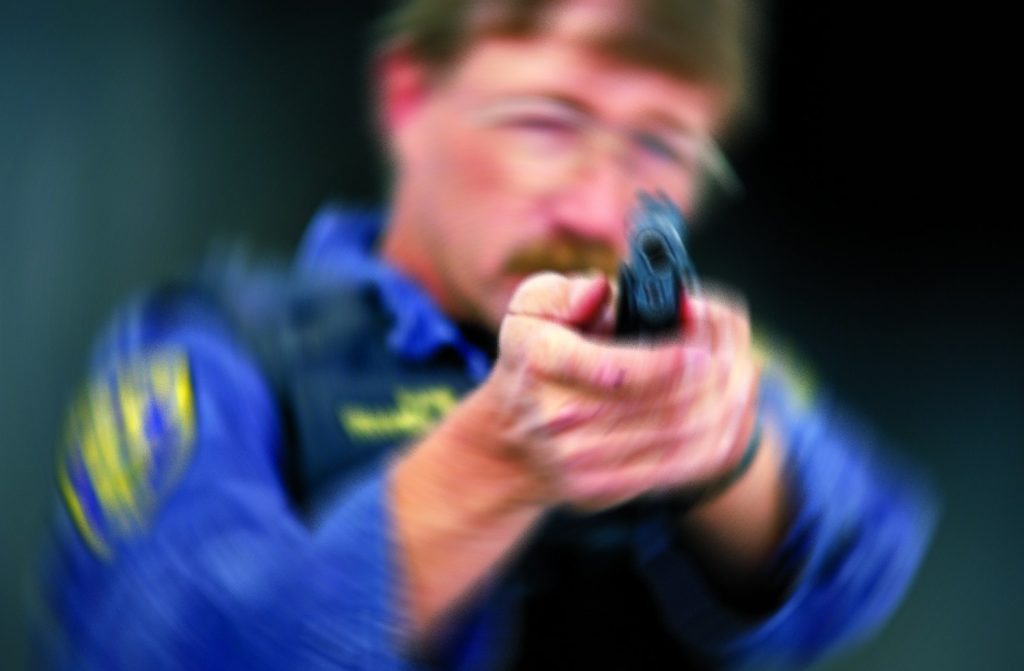
By: Brian C. Smith Editor’s Note: The views in this article are the author’s own and don’t necessarily represent those of Action Target, Inc. Approximately 16 years ago, I had a conversation with an old “salty” veteran police officer over lunch. He was sent by his police agency to attend a firearms class that I […]
10 Ways to Prevent Wildfires While Target Shooting
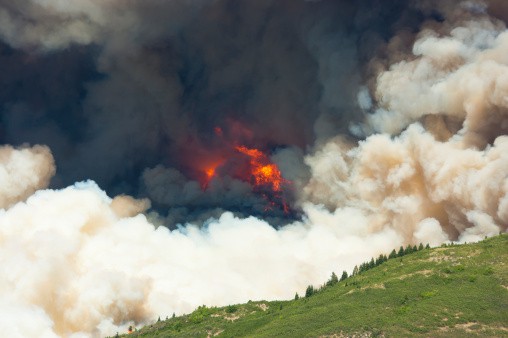
More than 20 wildfires have been started by target shooting this year in Utah alone with dozens more started in Idaho, New Mexico, Arizona, Nevada, and Washington. Many of those fires could have been prevented or stopped had the shooters been prepared. Here is a list of 10 things shooters can do to prevent wildfires […]
Action Target’s Tactical Torso

Action Target is pleased to announce its newest target – the AT Tactical Torso. The AT Tactical Torso is the upgraded version of the popular AT Torso. With two swinging plates to simulate the lethal head and center mass zones, you get instant visual feedback from hitting the right spot. Unlike similar targets, you do […]
Indoor vs. Outdoor Shooting Ranges: What You Should Know Before You Start Building
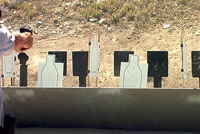
By Chris Hart, Action Target Range Consultant Everybody has their own preference when it comes to shooting ranges. Some people like the open-air feel of an outdoor range where they can shoot steel targets at 500 yards while others prefer the air conditioned comfort of indoor ranges where target distance can be controlled with the […]
Action Target Reveals First Reactive Steel Target Under $50: The Spinning Jack
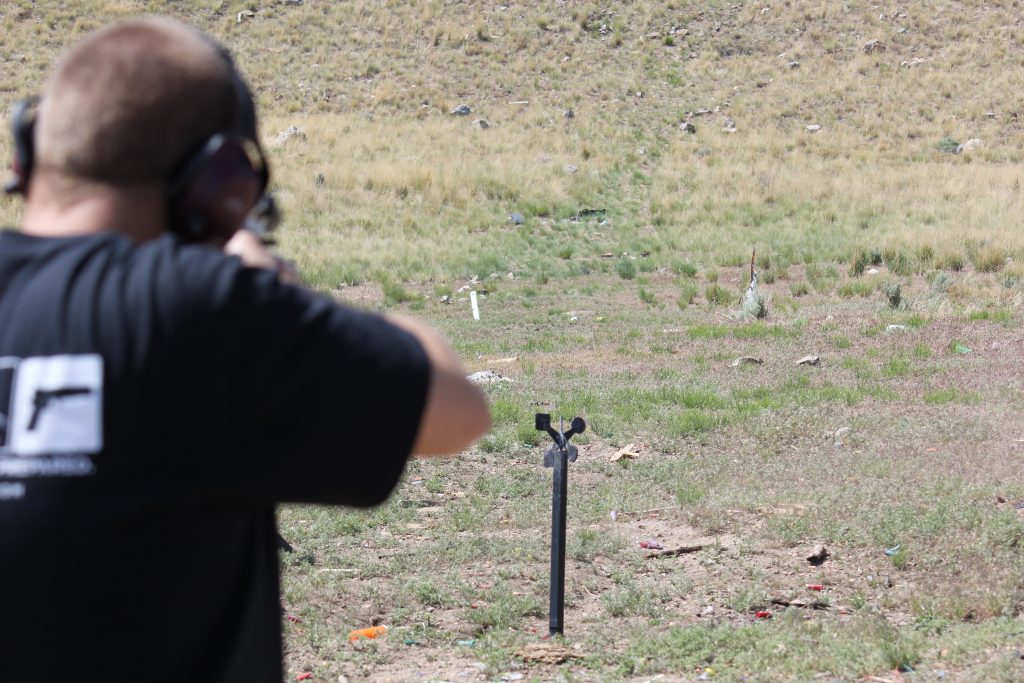
You asked for it, so we’re giving it to you: our first reactive steel target under $50. The Spinning Jack is the perfect target for recreational shooters and families, and at the super low price of $35, it’s affordable on almost any budget. A great portable steel target for shooting with the whole family! The […]
Action Target at the 2012 Bianchi Cup
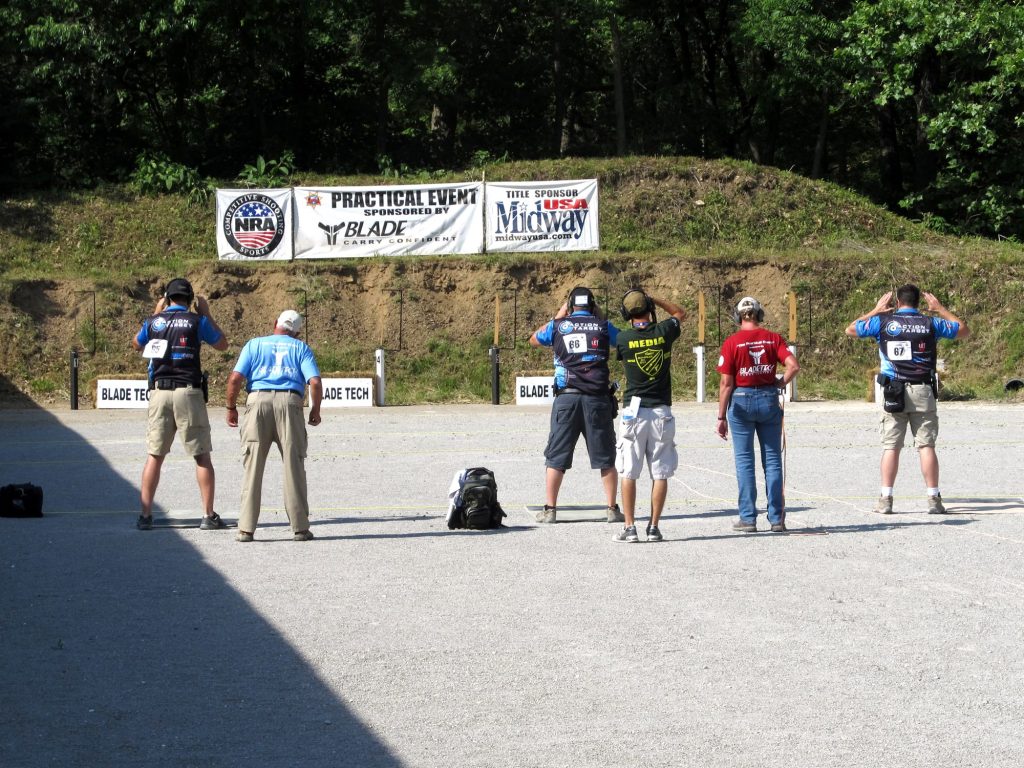
Action Target recently completed one more year as the official target sponsor of the Midway USA & NRA Bianchi Cup. The National Action Pistol Championship, now in its 33rd year, was held in Columbia, MO, and featured many of the world’s top shooters competing for the prestigious cup. Action Target provided products and services again […]
The Top 3 Things to Consider When Building a Shooting Range
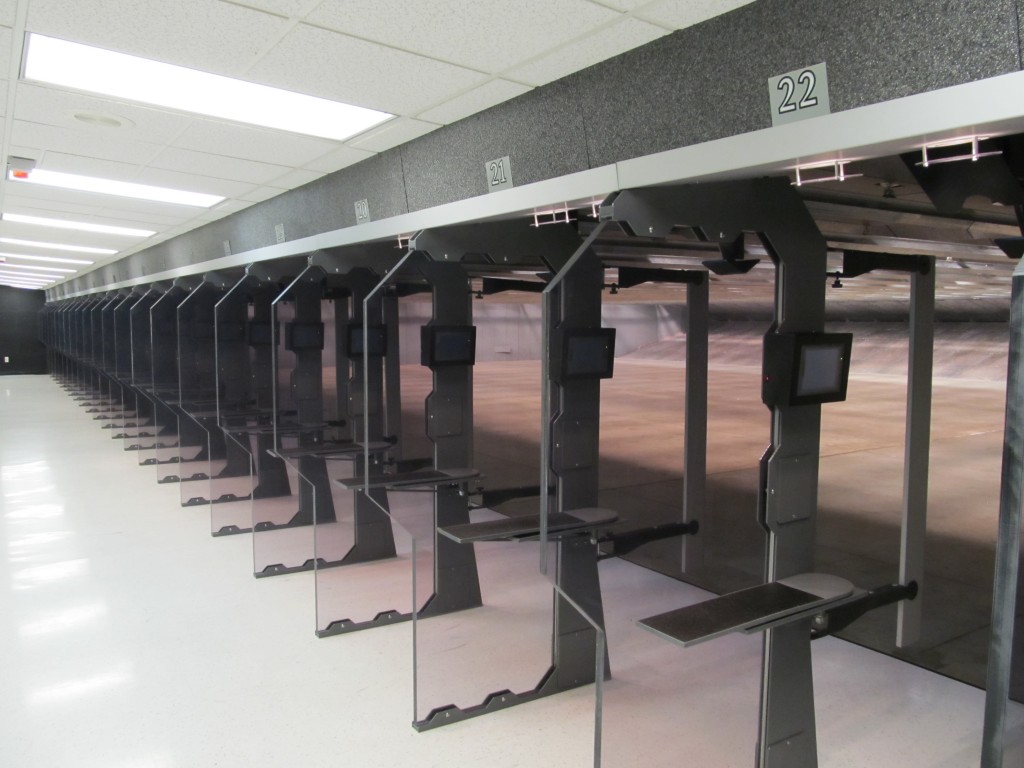
Building a shooting range is a huge endeavor that should be approached cautiously and systematically. There are many things to consider and potential issues you may have to deal with; however, don’t let that deter you. Building a shooting range is a perfectly attainable goal if you start things right. Even if you already own […]
Action Target Steel vs. Backyard Targets
During tough economic times, many shooters decide to create or build their own steel targets to save money. With more and more companies and individuals manufacturing steel targets, the water has become increasingly muddy where accurate information is concerned. Safety should always be the highest priority when choosing or building a target. Action Target’s steel […]
Which System is Better for the Total Containment Trap: Conveyor or Bucket?
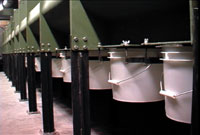
The goal of every range should be to increase facility revenue. In order to achieve this goal, all range products and features should be carefully evaluated to ensure they maximize revenue and are aligned with the volume of range use. While the bucket system is the ideal solution for some ranges, Action Target recommends that […]